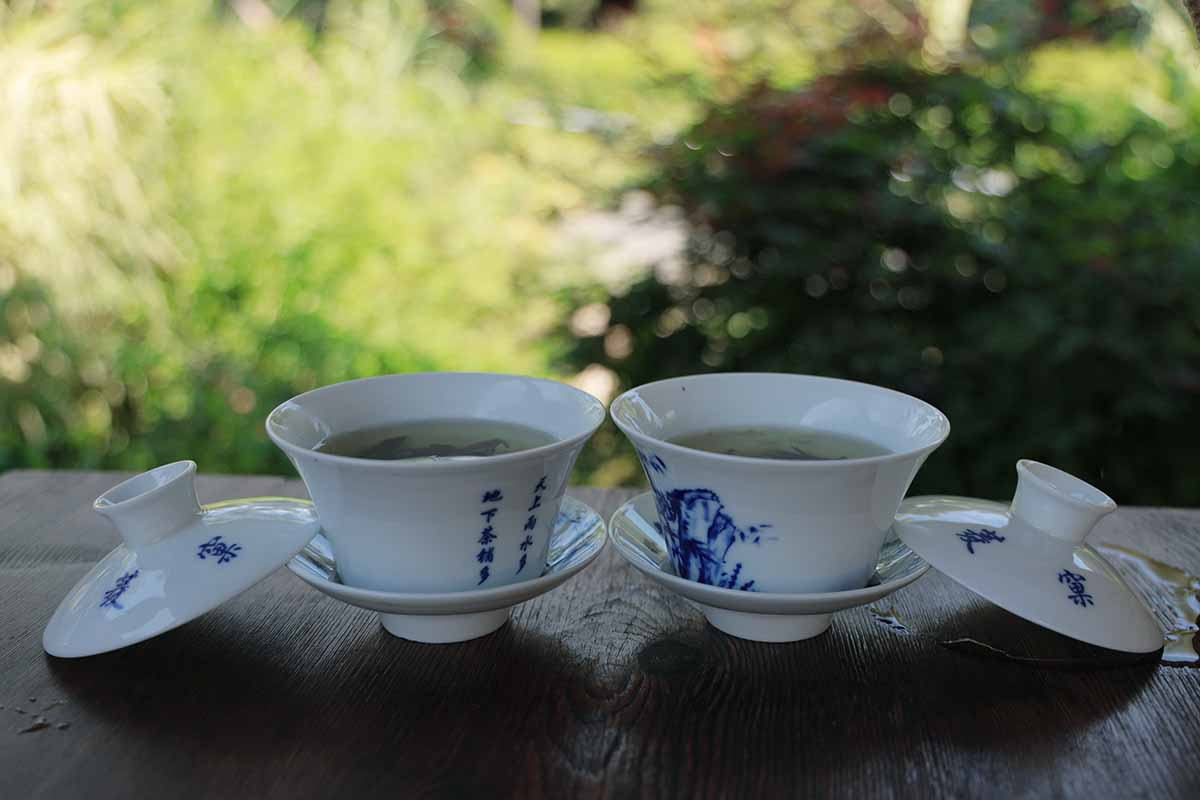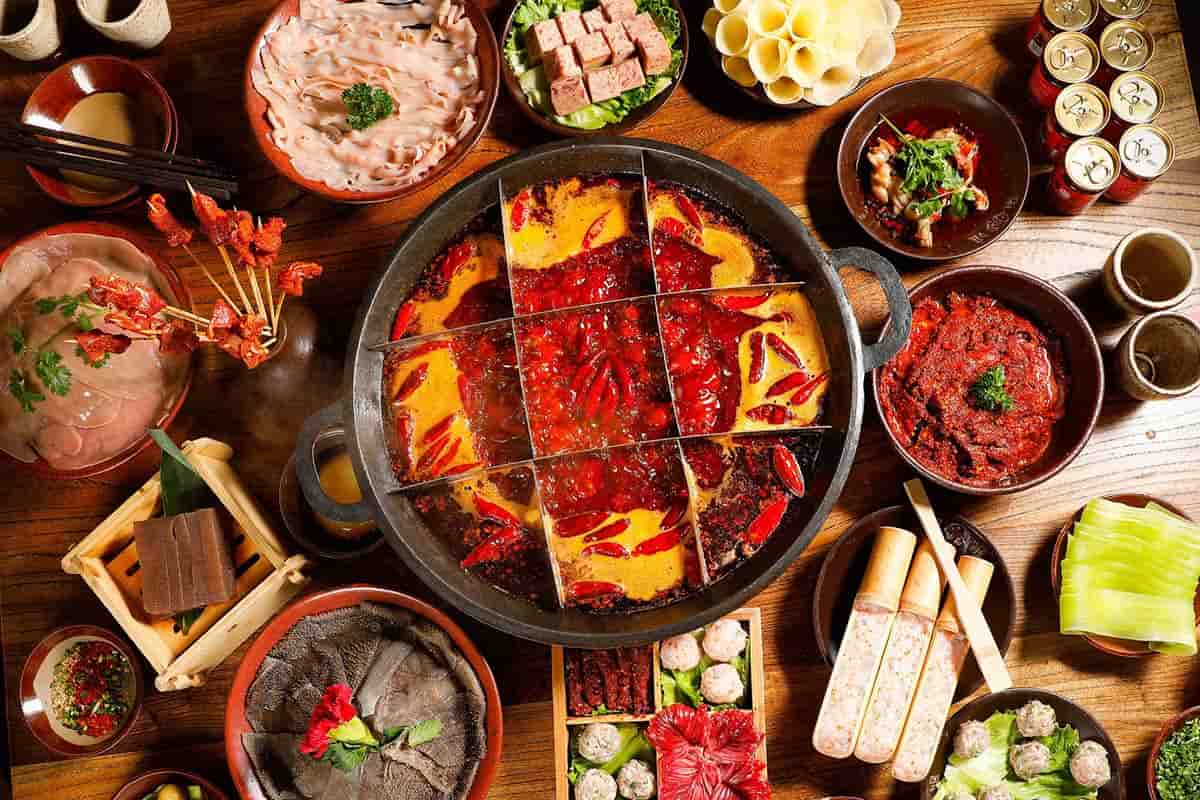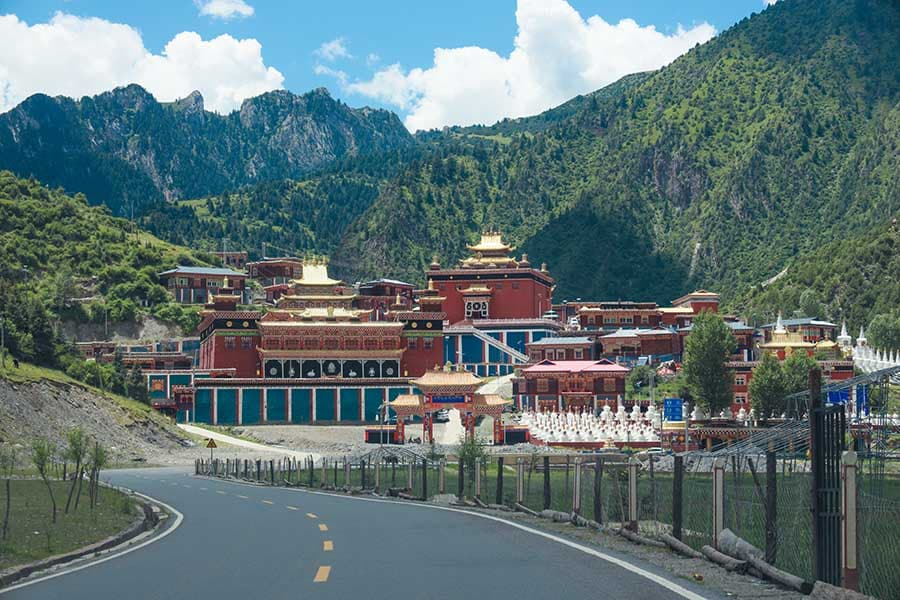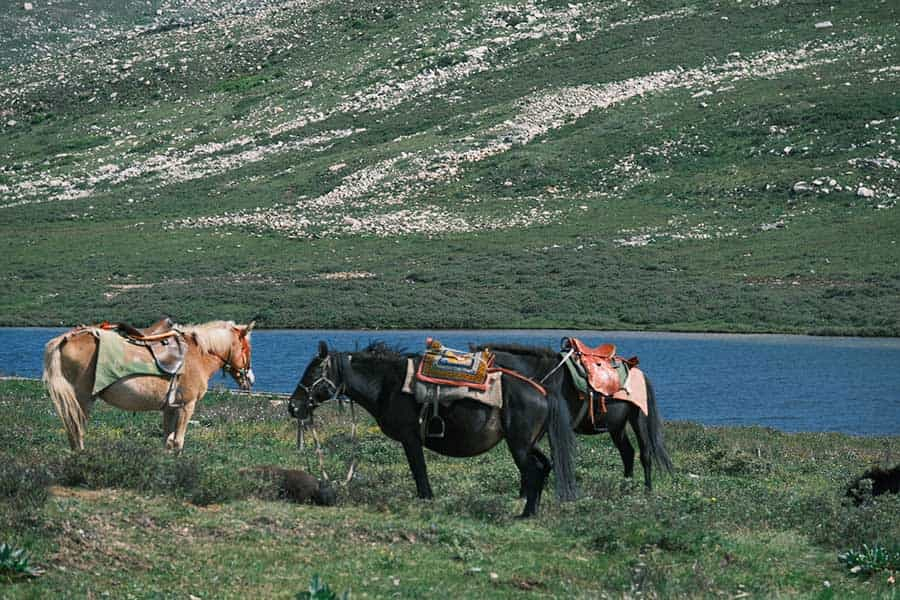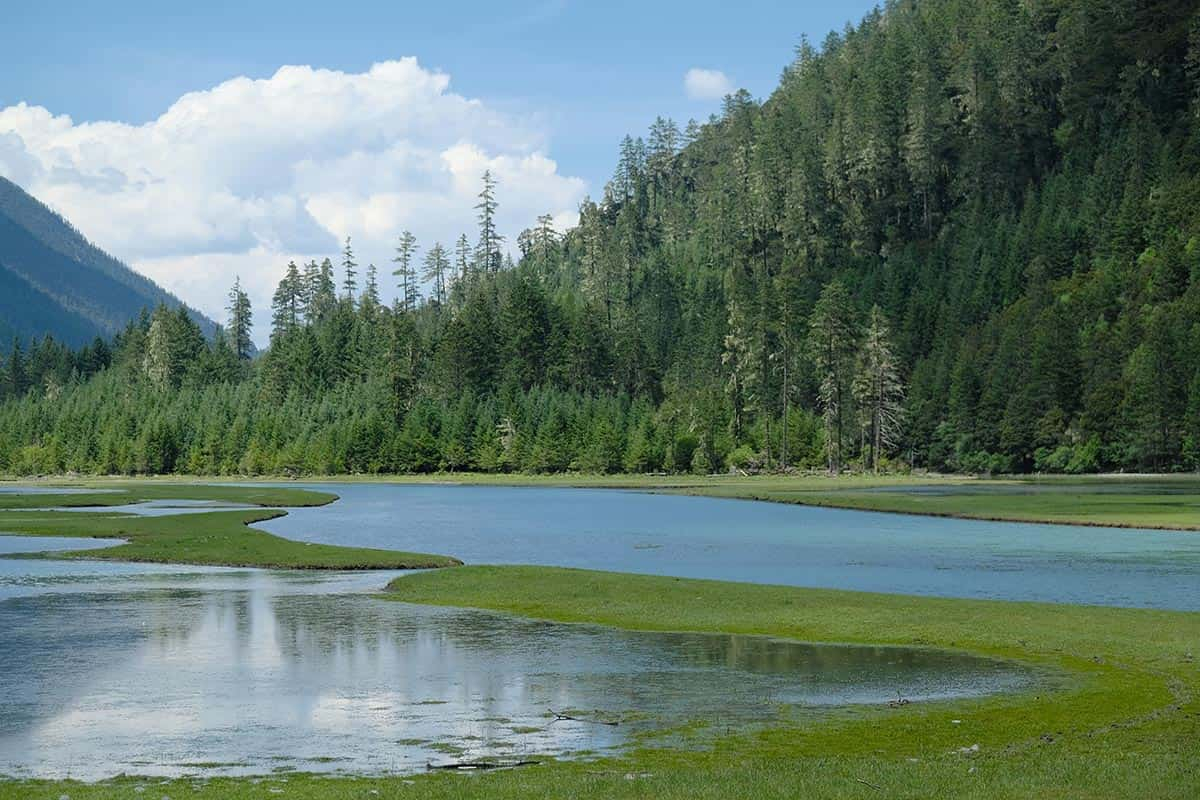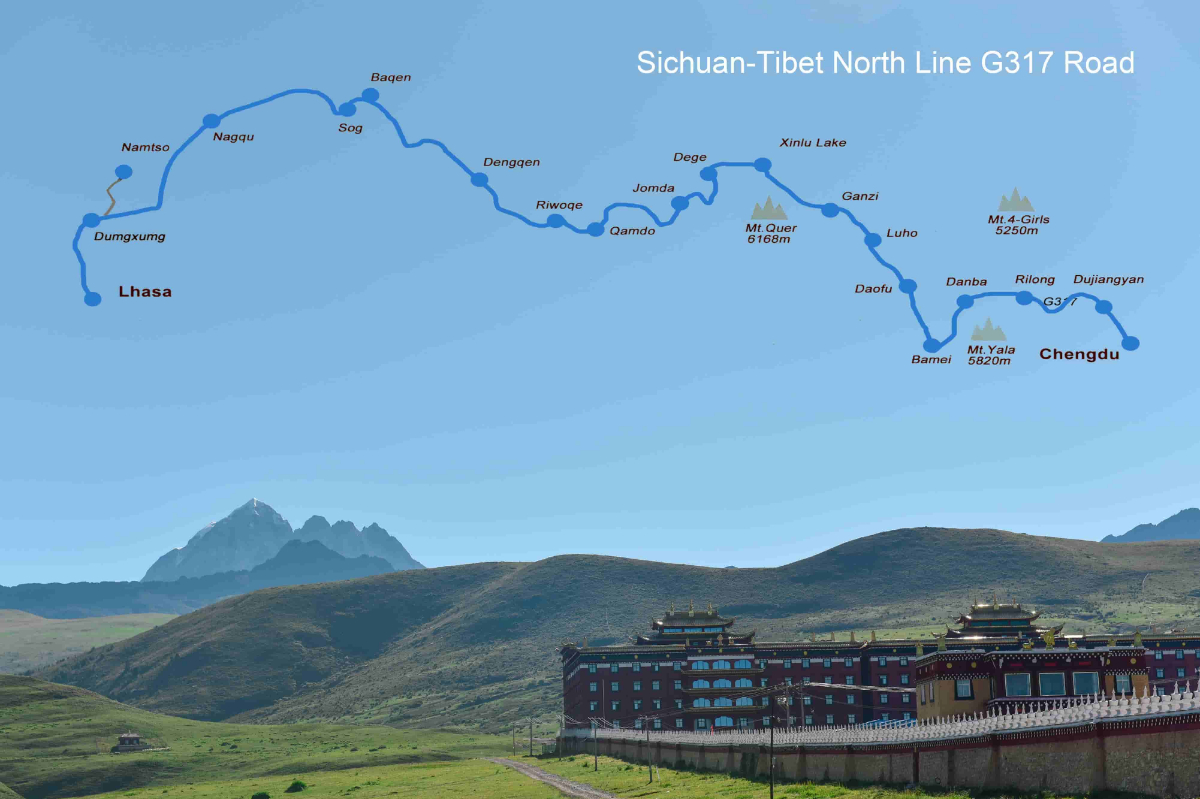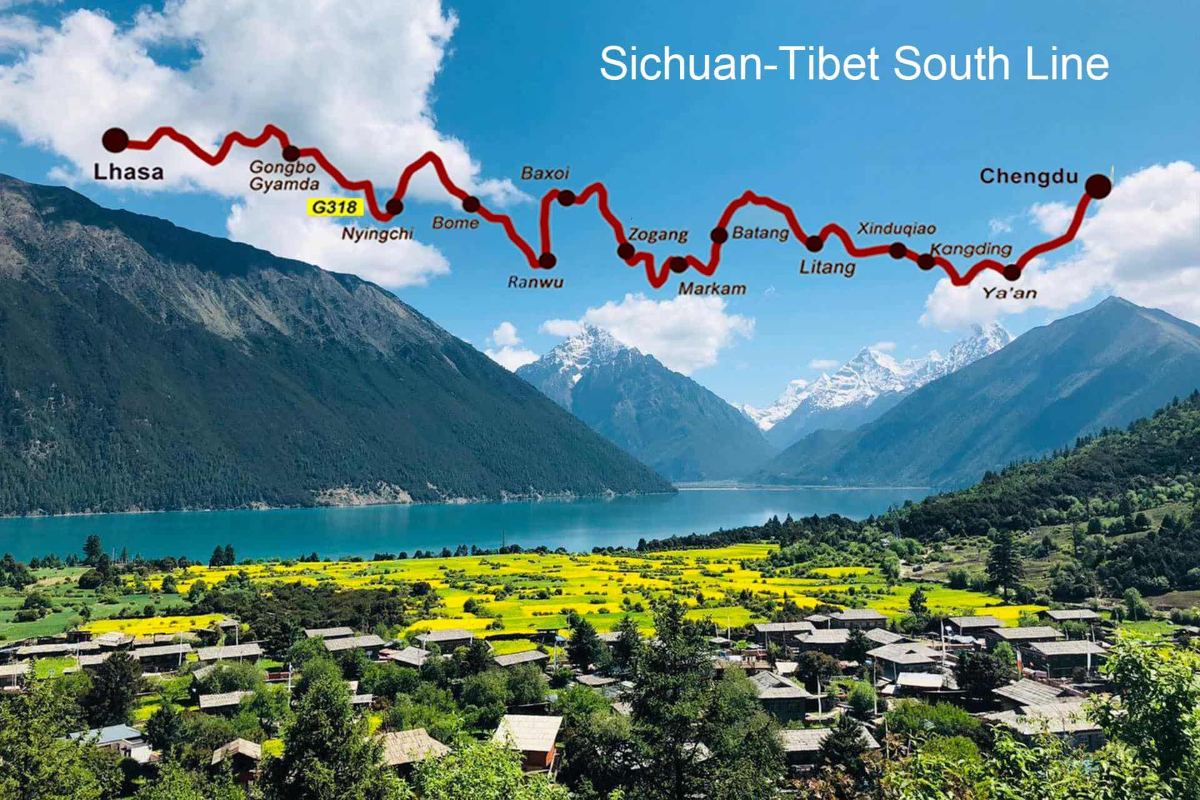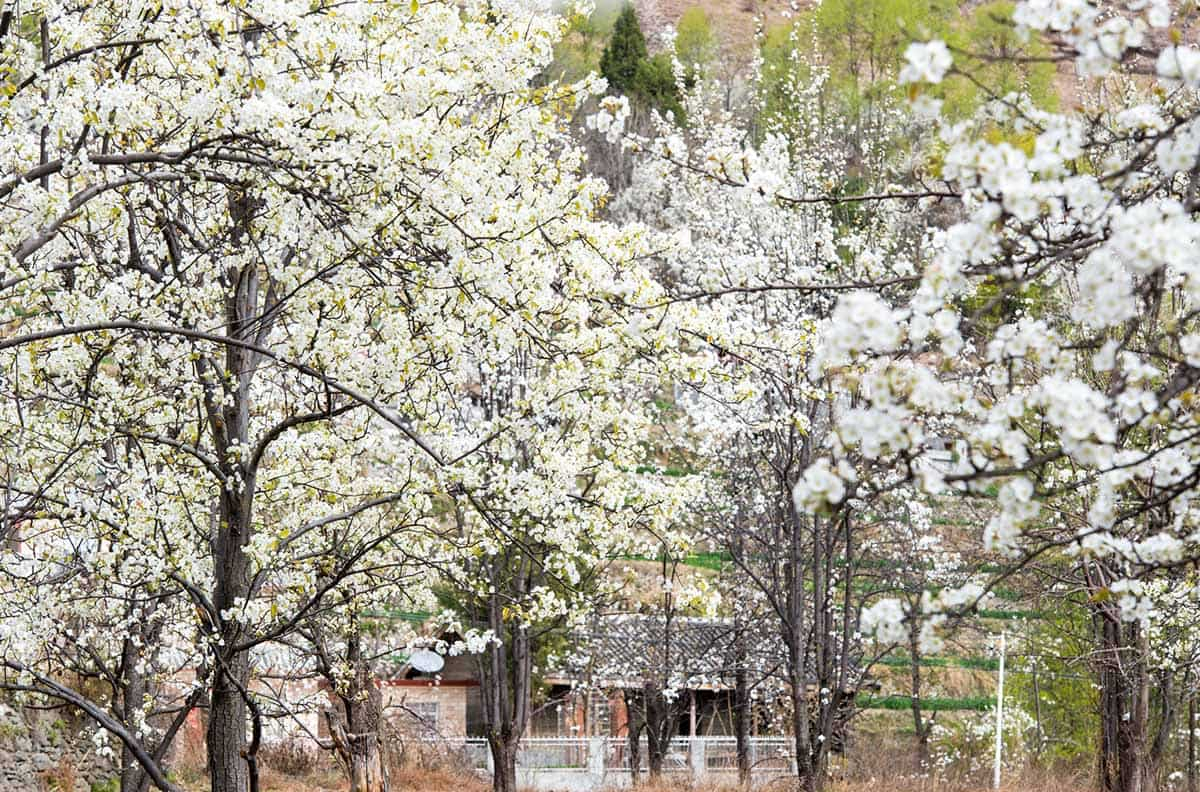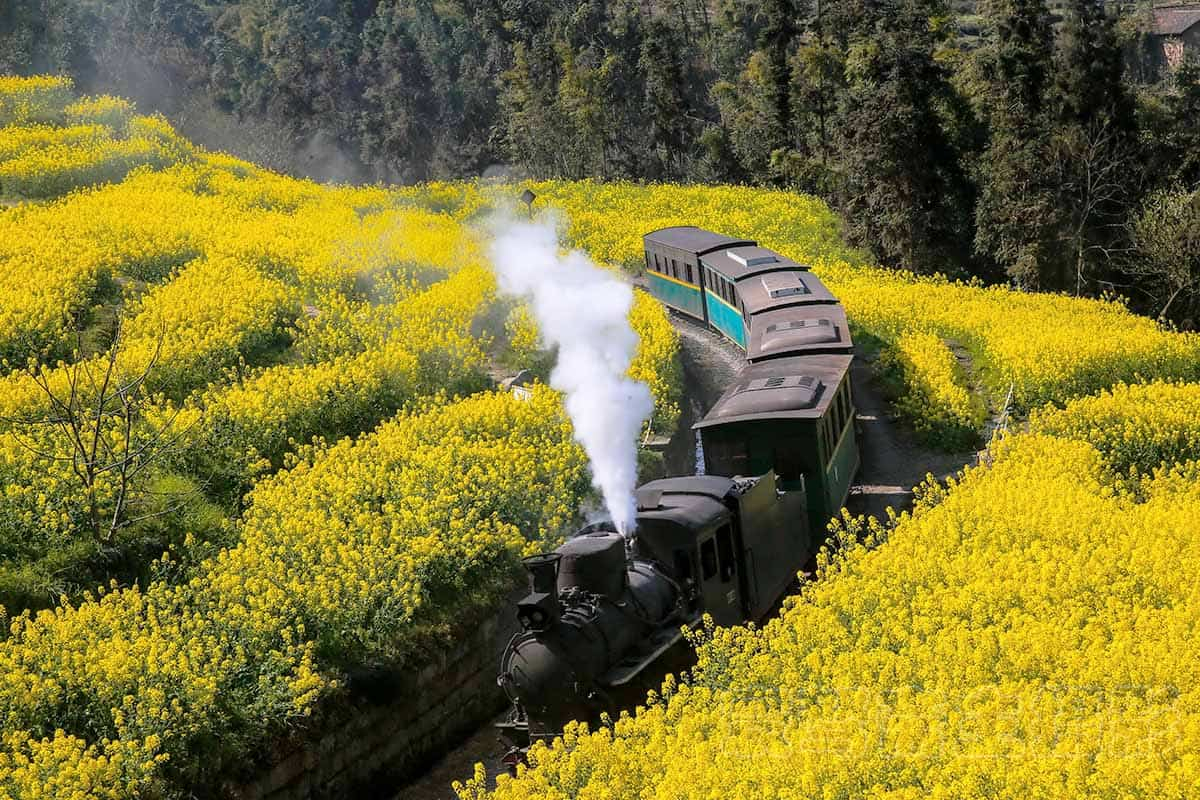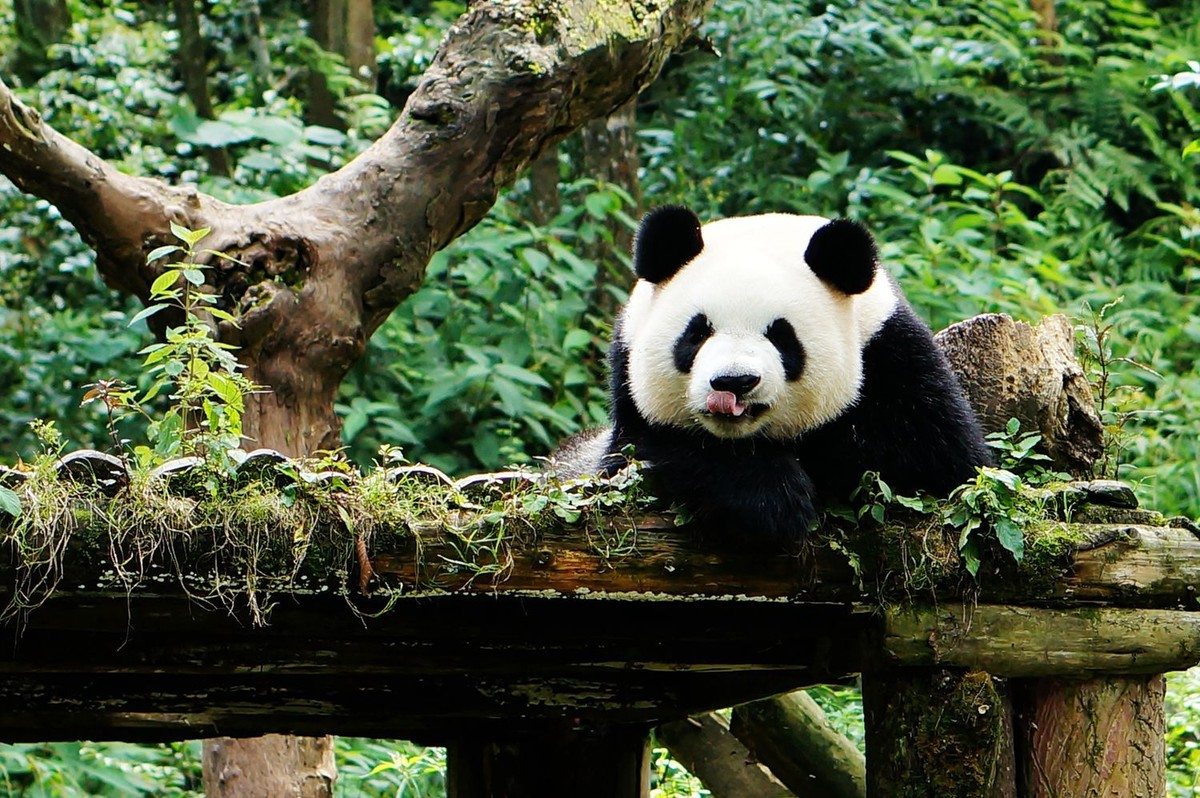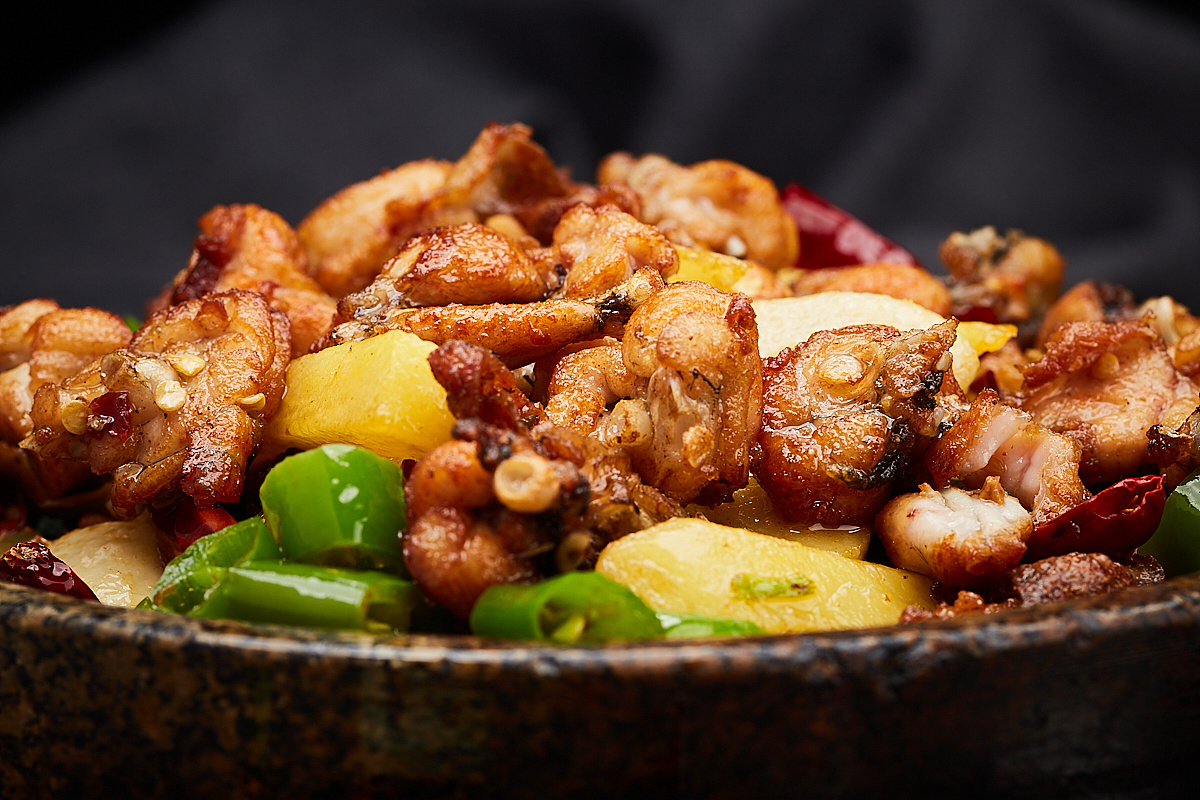Bazhong Travel Guide
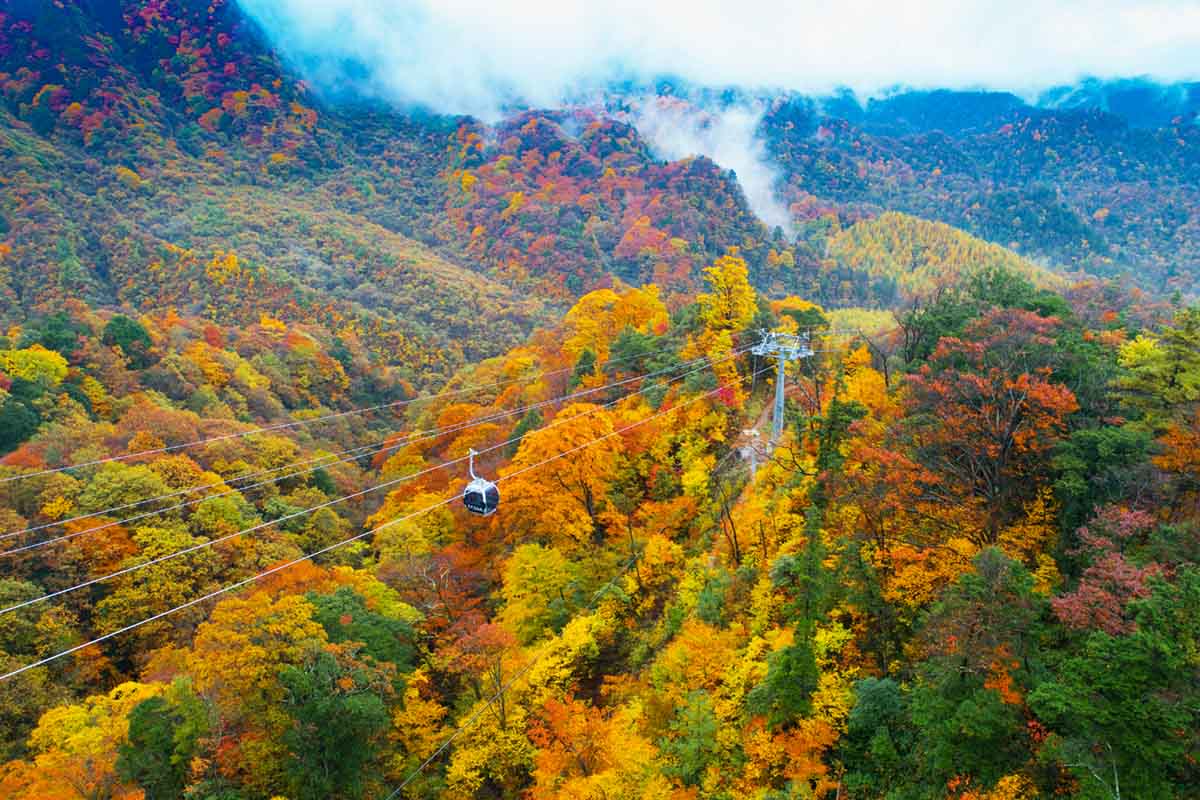
Bazhong is a prefecture city in northeast corner of Sichuan Province. It is on the south edge of Micang Mountain of the mighty Qinling Mountain range. Shaanxi Province is to its north, Nanchong to its south. It is home to 2.7 million people. Its history dates back to 1st century AD. The city sits by the side of Ba river(also known as Nanjiang river), hence the name Bazhong.Bazhong is traditionally an agricultural region. Its folk arts and customs are mostly associated with farming activities. It is known to many Chinese as the city of Red Army as the city is rich in revolutionary heritage. More than 300 sites are marked as the relics associated with early day movement of Communist Part of China. The city of Bazhong is consist of 2 districts (Bazhou and En’yang) and 3 counties (Tongjiang, Nanjiang and Pingchang).
● Top things to do in Bazhong
Hiking in Mt.Guangwu (mountain of light and fog)
Mt. Guangwu is probably the most well known scenic site to Chinese. People often associate the words Bazhong with “guang wu” and “hong ye”(red leaves). Every autumn, when forests in Mt. Guangwu turn red and orange, people flood this seemingly remote place in Sichuan. Mt. Guangwu has more than just colourful forests to offer. Mt.Guangwu is the site of Micang ancient route. Sichuan has been geologically sealed off from neighbouring provinces in the distant past by tricky mountains passes. It was difficult in ancient times for people to travel from across Sichuan from north of China to Sichuan’s affluent central plains. People carved out some passages between mountains as route for communication and exchange of goods. In the city of Guangyuan, Jinniu pass is known to many Chinese through its association with the Three Kingdom period. In Bazhong , the important mountain is Micang pass, right in the middle of mighty Micang mountain. Mt. Guangwu is the place where you can enjoy both north China climate (dry and clear sky) and south China climate (cloudy and wet) as it sits on the natural boundary between north and south in meteorological sense.
Explore the revolutionary past
Bazhong was home to the second largest Chinese Soviet Area (areas controlled by Chinese communists and base for Red Army during Second Civil War between communists and nationalists) in 1930s. Many decision and policies were made in Bazhong in early days of Chinese communist revolution. The remoteness of Bazhong provided a natural defense against the assaults of the nationalists, the ruling party of the time. Bazhong is conveniently located in a place with relative easy access to both north and south of China. All these contributed to the perfect playground for guerrilla warfare when Chinese communists were out numbered by nationalists and poorly armed. There are currently 382 sites such as mausoleums, carvings, statues and architectures that are associated with the revolutionary years.
Nan kan shi ku (Nankan Grotto Carving)
Statues carved out in a grotto on a cliff became popular from 5-6th century in a period named South & North Dynasties when Buddhism was at its peak in China. Some of these grottoes are now world famous and listed as world heritage sites by UNESCO, such as Longmen Grotto and Yungang Grotto in northern China. These kinds of carving were also present in southern part of China, in a smaller scale. The one in Bazhong is a typical grotto from that period. The site is 1km south of Bazhong city on a hill named Huacheng. Its history dates back to Sui (6th century) and Tang (7th century) dynasties. 133 caves survived wars, natural disasters together with more than 2100 pieces of Buddha statues stretching out on a 350 meter long cliff. This site was enlisted Important Historical Monuments under Special Preservation of China.
En’yang old town
En’yang old town is in En’yang district of Bazhong city, right by the side of En’yang River. It started life as a some wharf on the busy river trading route. There are 28 old streets and lanes remained, dotted with hundreds of old buildings from Ming and Qing Dynasties. It is a popular place for a relaxed one day tour.
● Bazhong Food&Drinks
Mushroom and fungus are popular ingredients in Bazhong cuisine. Xiang gu dun na rou (stewed pork bacon with dried mushroom) is a popular local dish. The salty flavor of pork teams up with the fragrance of mushroom in a thick broth.
Yin’er (silver ear) is a type of white fungus which is widely farmed and consumed by Bazhong locals.Tongjiang County of Bazhong city is seen as the first place in China which mass produces the white fungus. Yin’er is widely used by Chinese, normally in form of Yin’er soup.
En’yang pan cake is a popular snack with origin in En’yang district , Bazhong city. This sweet flavor cake contains brown sugar and sesame. This crispy cake attracts visitor with its sweetness and crunchiness.
● Bazhong Transportation
Bazhong En’yang Airport (BZX) is about 15km from downtown Bazhong. It began operation at the end of 2019. Air China, Chang’an Airliner and Juneyao Airliner operate several routes connecting Bazhong with cities such as Beijing, Shanghai, Xi’an and Chengdu.
It currently takes about 4 hours by train travelling from Bazhong to Chengdu. A high speed railway line is under construction, once completed, the travel time will be shorten to 1.5 hours.
Sophisticated highway network connects Bazhong with Chengdu and its surrounding cities.
● Bazhong Weather
Like most places in Sichuan basin, Bazhong enjoys a mild, sub-tropical climate with distinct four seasons. Average temperature is around 17-18 degrees. In summer , temperature is 25-26 degree on average while in winter is around 6-7 degree on average. North part of Bazhong, particularly in mountainous places like Mt.Guangwu, is relatively dry and often accompanied with clear sky.
- HOTEST
- RECOMMEND
